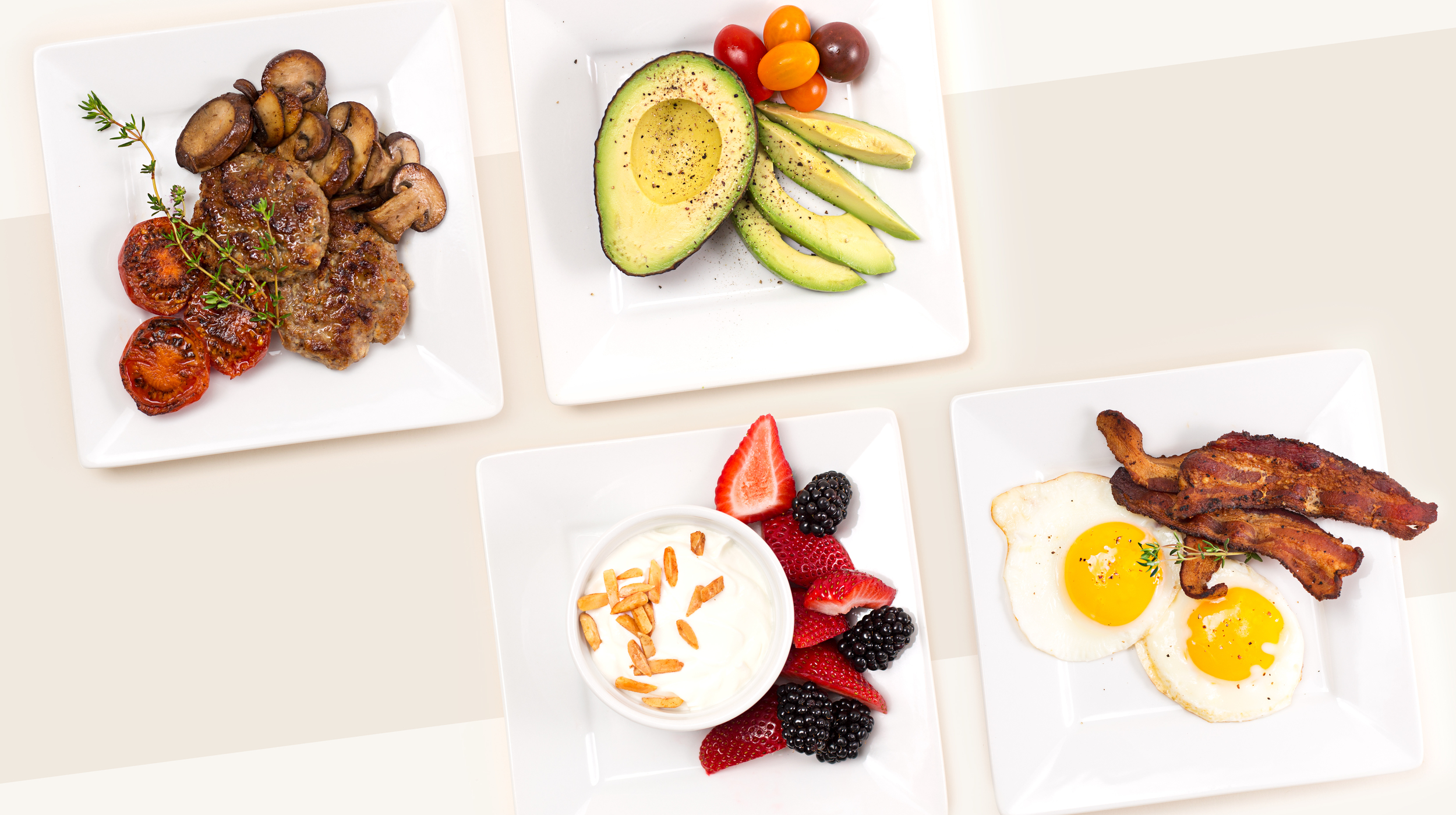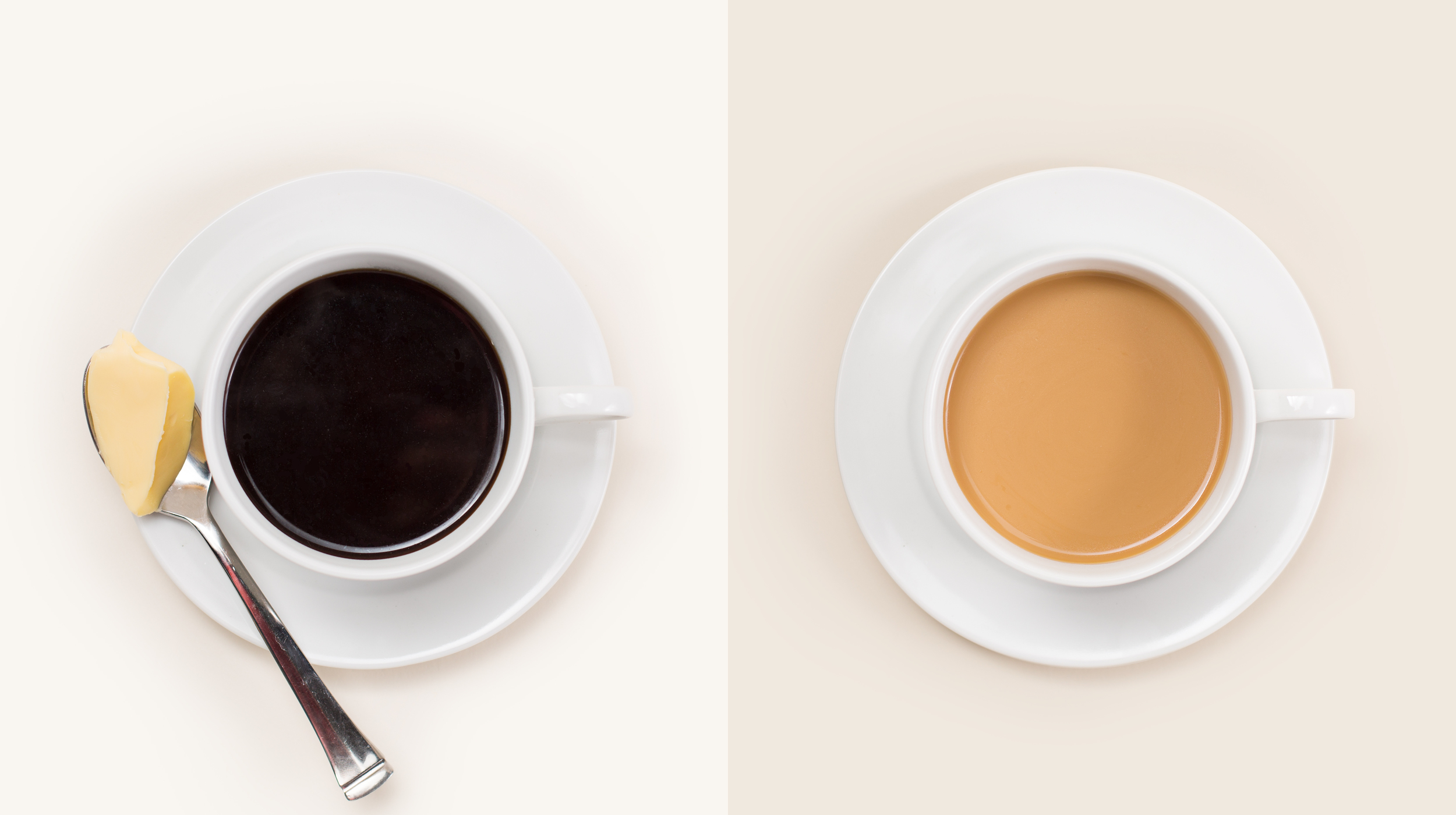Photos by Anne Lopez Studios
New on the blog: a guide I wrote for the terrific LCHF site, Diet Doctor. Whether you are low-carb or not, this post should help you eat more real food (and more healthy fat) while traveling. Now that's vintage... enjoy!
Are you tired of lousy food options at every airport, train station or rest stop? Hit the road with confidence. A little preparation goes a long way. We've made it easy with this guide to low-carb travel.
Six tips–
1. Eat well before departing
Fill up on your low-carb favorites before you leave. Home is the easiest place to eat right. Don’t rush – start your journey nourished and satisfied.
A filling low-carb breakfast before your travel begins can be quick and easy – hardboiled eggs, cooked bacon, reheated egg muffins, or plain Greek yogurt with cream, berries, and nuts. If you have more time, sauté sausage with mushrooms and tomatoes or slice an avocado and enjoy with olive oil or mayonnaise.
2. Pack low-carb snacks
When the flight attendant passes out pretzels, resist temptation and reach for one of these delicious and portable snacks tucked in your carry-on:
- Nuts and nut butters (Which nuts are best? Check out our guide.)
- Peeled hard-boiled eggs – don’t forget some salt!
- Cheese of any type – packaged Babybel cheese is a popular option
- Jerky, dry salami and cooked bacon
- Low-carb Sesame Crispbread
- Parmesan Cheese Crisps
- Celery filled with cream cheese or nut butter
- Ham and cheese roll-ups
- Crudité with dip
- Salmon and Cream Cheese Bites
- Leftovers (yesterday’s low-carb dinner makes a great snack or meal)
- Butter (for coffee, tea and crisps)
- Olive oil (for salads and veggies)
- Dark chocolate (≥ 70% cacao; no more than a couple of squares per day.)
Containers
You could pack your snacks in their original containers or in a plastic bag. But you could also get creative, like in the picture at the top.
Here are some smart containers to make travel easier, and keep your food fresh for longer:
- soap case (for butter)
- 4oz leak-proof bottle (for olive oil)
- squeezable 3oz GoToob (for nut butter, mayo)
- medium GoTubb (for nuts, cream cheese, dip)
- toothbrush case (for bacon)
- salt & pepper shaker
- chilled bento box (for veggies, cheese, dip)
- chilled salad shaker
- chilled yogurt and berries container
When in doubt, pop your container into a large zip-lock plastic bag for extra protection against leaks.
3. Use coffee to keep hunger at bay
Coffee, either black or with heavy cream or melted butter, can take the edge off of hunger until you make it to a place with better food. This works with tea or bullion, too.
4. Try fasting
If intermittent fasting is part of your low-carb routine, use it strategically to skip meals and make travel simpler. Perhaps you rush to your early morning flight and wait to eat until lunch. Or, eat a hearty low-carb breakfast before leaving home and don’t eat again until dinner at your destination. One nice thing about fasting is that you can do it anywhere.
Look here for more on why intermittent fasting can complement LCHF.
5. Master restaurant dining
Eating out with confidence is a key part of success when traveling. Common sense should rule – say no to bread, ask for double veggies instead of the starch with your main course, and choose olive oil and vinegar for your salad. Ask for butter to melt on your cooked vegetables and protein. Skip dessert, or choose a cheese plate or berries with heavy cream.
Drink mostly water – champagne, dry wine, light beer, and straight spirits are okay in moderation. (Our guide to low-carb alcohol is worth consulting.)
For more expert tips to help you enjoy low-carb meals at restaurants, check out our dining out guide.
6. Commit to success
No excuses. Traveling is not a reason to cheat on your low-carb lifestyle. Make health your priority and decide to make low-carb work before you leave for your journey.
For more on low-carb travel, check out our tips for longer vacations – holidays, cruises, camping, and more… coming soon.















